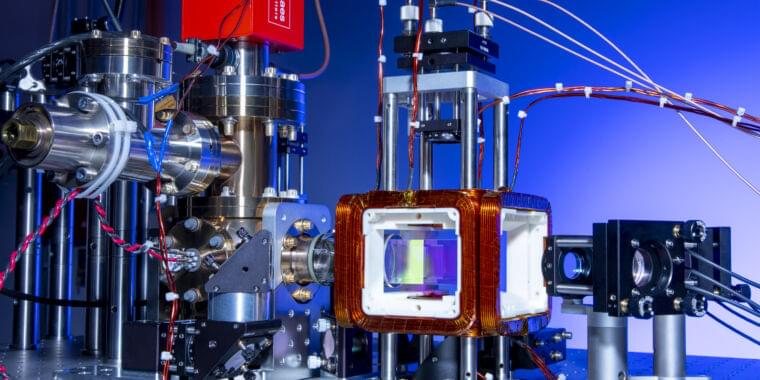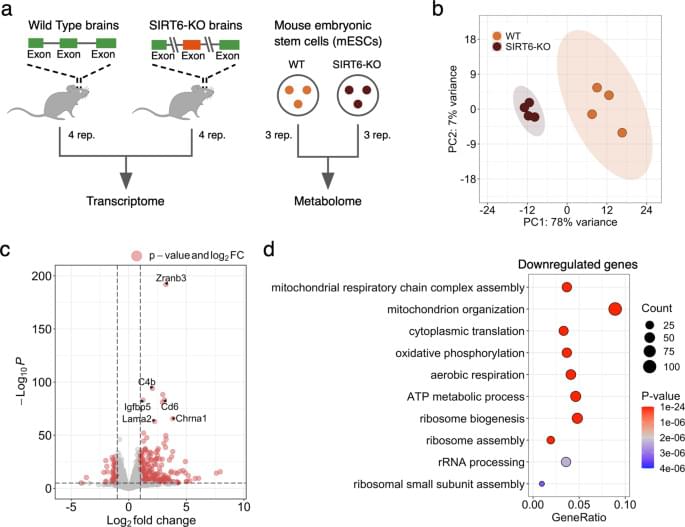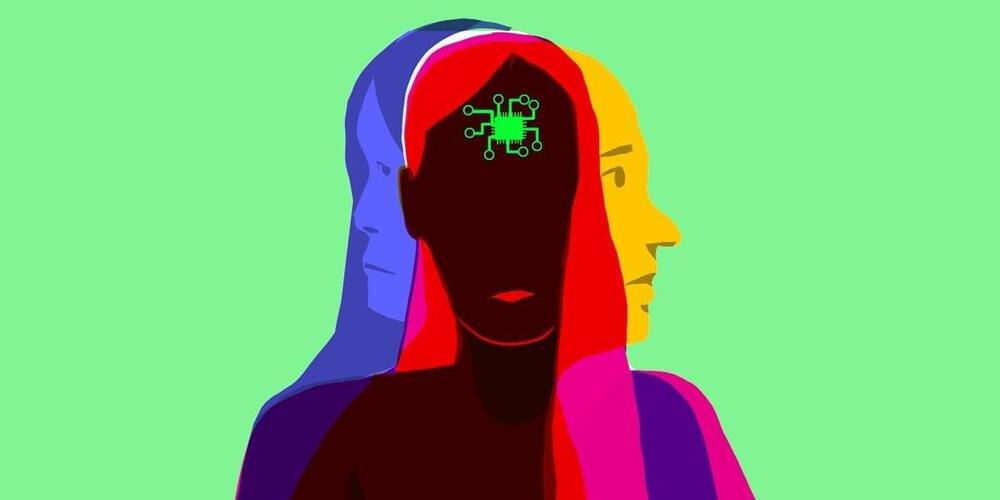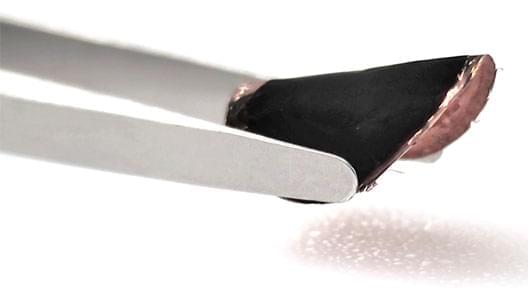Physicists proposed that advanced extraterrestrial civilizations are using black holes in their quantum computers since they are abundant in quantum information. Read the article to learn more.
Category: computing – Page 459

Grid of atoms is both a quantum computer and an optimization solver
Quantum computing has entered a bit of an awkward period. There have been clear demonstrations that we can successfully run quantum algorithms, but the qubit counts and error rates of existing hardware mean that we can’t solve any commercially useful problems at the moment. So, while many companies are interested in quantum computing and have developed software for existing hardware (and have paid for access to that hardware), the efforts have been focused on preparation. They want the expertise and capability needed to develop useful software once the computers are ready to run it.
For the moment, that leaves them waiting for hardware companies to produce sufficiently robust machines—machines that don’t currently have a clear delivery date. It could be years; it could be decades. Beyond learning how to develop quantum computing software, there’s nothing obvious to do with the hardware in the meantime.
But a company called QuEra may have found a way to do something that’s not as obvious. The technology it is developing could ultimately provide a route to quantum computing. But until then, it’s possible to solve a class of mathematical problems on the same hardware, and any improvements to that hardware will benefit both types of computation. And in a new paper, the company’s researchers have expanded the types of computations that can be run on their machine.

SIRT6 is a key regulator of mitochondrial function in the brain
Though mitochondrial dysfunction is a known marker of aging and neurodegenerative diseases, the exact mechanism behind it remains unknown. Our study suggests that the decay of SIRT6 levels during aging [18] and in Alzheimer’s disease [18, 23, 46] could be a key mechanism causing the deterioration of mitochondrial functions. The changes induced by the SIRT6 knockout that we observe at the metabolite level support this claim: metabolites related to mitochondrial energy system pathways (in particular, OXPHOS and TCA cycle) are significantly overrepresented among differentially abundant metabolites. In line with the discussed mitochondrial dysfunction in aging, all these metabolites are downregulated in the SIRT6-KO samples. Importantly, the dramatic decline of one of them, NAD+, was also associated with pro-senescence mechanisms in various species [47, 48], as well as with limited neuroprotective activity of sirtuins [49].
Accordingly, the vast majority of differentially expressed mitochondria-related genes were downregulated in our gene expression analysis. As they were strongly enriched with mitochondrial respiratory chain complexes, we measured the mitochondrial membrane potential and mitochondrial content in SIRT6-KO cells because reduced gene expression might indicate the loss of mitochondria. Both measured characteristics were significantly decreased, validating the suggested impairment of mitochondrial oxidative phosphorylation and mitochondrial biogenesis in SIRT6-deficient brains. Interestingly, the average decrease of mtDNA gene expression (~19.7%) in SIRT6-KO was in good agreement with the corresponding reduction of mitochondrial content (21.8%), suggesting impaired mitochondrial biogenesis as a primary cause of the observed transcriptional dysregulation in mitochondria upon SIRT6 knockout.
Concordantly, the impaired membrane potential upon SIRT6-KO can be partially rescued by restoring SIRT3 and SIRT4 levels, which were significantly downregulated in SIRT6-deficient brains. Both of them are localized in mitochondria and impact mitochondrial pathways related to redox homeostasis and cellular metabolism [38] and have important roles in mitochondria metabolism ROS balance and lifespan [50,51,52]. The analysis of our and publicly available gene expression data [39] confirms that SIRT6 transcriptionally regulates SIRT3 and SIRT4. Our analysis further indicates that SIRT6 regulates mitochondrial gene expression through the transcription factor YY1. We have previously shown that SIRT6 and YY1 form a complex that regulates many shared target genes [24]. Our analysis of YY1 ChIP-seq data [53] suggests that SIRT6 and YY1 regulate mitochondrial processes coordinately.

From Bing to Sydney
This was originally published as a Stratechery Update
Look, this is going to sound crazy. But know this: I would not be talking about Bing Chat for the fourth day in a row if I didn’t really, really, think it was worth it. This sounds hyperbolic, but I feel like I had the most surprising and mind-blowing computer experience of my life today.
One of the Bing issues I didn’t talk about yesterday was the apparent emergence of an at-times combative personality. For example, there was this viral story about Bing’s insistence that it was 2022 and “Avatar: The Way of the Water” had not yet come out. The notable point of that exchange, at least in the framing of yesterday’s Update, was that Bing got another fact wrong (Simon Willison has a good overview of the weird responses here).

Transferring Qubits Directly Between Quantum Computing Microchips (U. of Sussex/ Universal Quantum)
A new technical paper titled “A high-fidelity quantum matter-link between ion-trap microchip modules” was published by researchers at University of Sussex, Universal Quantum Ltd, University College London and University of Bristol.
“As quantum computers grow, we will eventually be constrained by the size of the microchip, which limits the number of quantum bits such a chip can accommodate. As such, we knew a modular approach was key to make quantum computers powerful enough to solve step-changing industry problems. In demonstrating that we can connect two quantum computing chips – a bit like a jigsaw puzzle – and, crucially, that it works so well, we unlock the potential to scale-up by connecting hundreds or even thousands of quantum computing microchips,” states Professor Winfried Hensinger, Professor of Quantum Technologies at the University of Sussex and Chief Scientist and Co-founder at Universal Quantum.

‘It became me’: Studies show that revolutionary new brain chips may bend your mind in strange and troubling ways
Musk’s company is far from the only group working on brain-computer interfaces, or systems to facilitate direct communication between human brains and external computers. Other researchers have been looking into using BCIs to restore lost senses and control prosthetic limbs, among other applications. While these technologies are still in their infancy, they’ve been around long enough for researchers to increasingly get a sense of how neural implants interact with our minds. As Anna Wexler, an assistant professor of philosophy in the Department of Medical Ethics and Health Policy at the University of Pennsylvania, put it: “Of course it causes changes. The question is what kinds of changes does it cause, and how much do those changes matter?”

How a graphene-nanowire ‘sandwich’ is transforming electronics
As devices get smaller and more powerful, the risk of them overheating and burning out increases substantially. Despite advancements in cooling solutions, the interface between an electronic chip and its cooling system has remained a barrier for thermal transport due to the materials’ intrinsic roughness.
Material after graphene coating. (Image: CMU)
Sheng Shen, a professor of mechanical engineering Opens in new window, has fabricated a flexible, powerful, and highly-reliable material to efficiently fill the gap (ACS Nano, “3D Graphene-Nanowire “Sandwich” Thermal Interface with Ultralow Resistance and Stiffness”).

Gate-tunable nanoscale negative refraction of polaritons demonstrated in van der Waals heterostructure
A new study led by DAI Qing’s team from the National Center for Nanoscience and Technology (NCNST) of the Chinese Academy of Sciences (CAS) and Javier Abajo from the Institute of Photonic Sciences (ICFO) in Spain has shown a gate-tunable nanoscale negative refraction of polaritons in the mid-infrared range through a van der Waals heterostructure of graphene and molybdenum trioxide. The atomically thick heterostructures weaken scattering losses at the interface while enabling an actively tunable transition of normal to negative refraction through electrical gating.
The work was published in Science (“Gate-tunable negative refraction of mid-infrared polaritons”).
Basic principle of the “polariton transistor”. The van der Waals heterostructure is constructed by decorating graphene on the molybdenum trioxide, and the antenna stimulates the polariton to transmit through the interface to form negative refraction. (Image: DAI Qing et al.)

Silicon nanoelectronic device hosts ‘flip-flop’ qubit
A team led by Professor Andrea Morello has just demonstrated the operation of a new type of quantum bit, called ‘flip-flop’ qubit, which combines the exquisite quantum properties of single atoms, with easy controllability using electric signals, just as those used in ordinary computer chips.
“Sometimes new qubits, or new modes of operations, are discovered by lucky accident. But this one was completely by design,” says Prof. Morello. “Our group has had excellent qubits for a decade, but we wanted something that could be controlled electrically, for maximum ease of operation. So we had to invent something completely new.”
Prof. Morello’s group was the first in the world to demonstrate that using the spin of an electron as well as the nuclear spin of a single phosphorus atom in silicon could be used as ‘qubits’ – units of information that are used to make quantum computing calculations. He explains that while both qubits perform exceptionally well on their own, they require oscillating magnetic fields for their operation.
